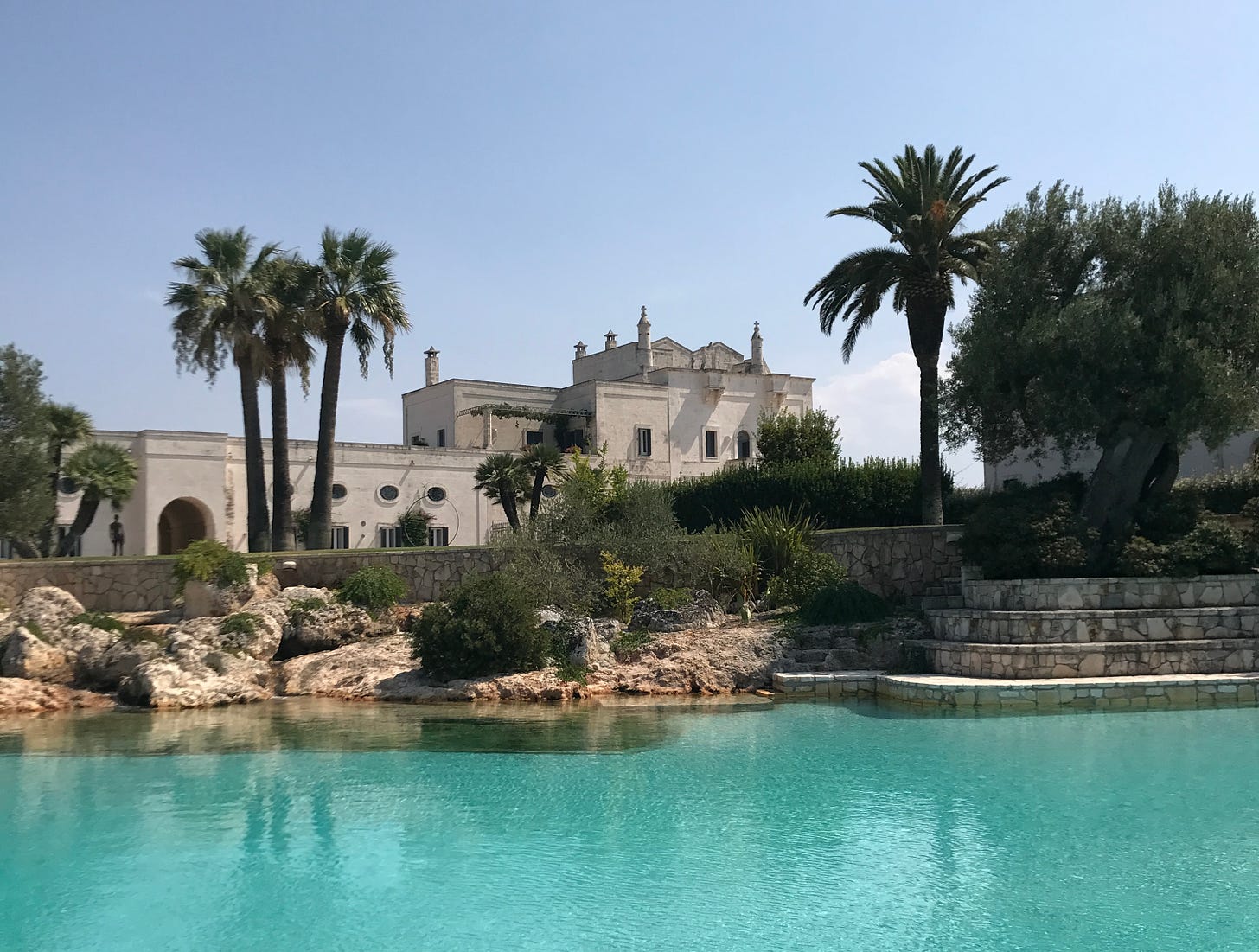Italy Travel Planner: The South
Insider Puglia, Amalfi secrets (and alternatives), eating your way through Sicily, the islands you need to know about…You asked, we (and a small army of our favorite Italy experts) answered.
I’m so excited about this Italy Travel Planner! After sifting through all of your questions (over 200 of them—which is why this is coming out a week later than planned!) I went deep into my travel journals, Google maps, and saved IG posts–and messaged all of my friends and colleagues who know this great country so well, convincing them to share their secrets! The list became so long that we decided to break it into three different sections, starting with the south, then next week we’ll do central Italy, and the week after, north. We consolidated the repeat questions, and generalized some of the very specific ones so they could be relevant to all. We’re also including a little bit about each person who gave us their recommendations–some are writers, others are winemakers, designers, somms, travel guides, hotel owners, or just very well traveled friends—in hopes that you’ll make some new acquaintances through this! Side note–when I say “we”, I want to introduce you to my dear friend and colleague, Alex Postman, who is working with me on all things Yolo. We’ve worked together for years, at Martha Stewart and then Condé Nast Traveler. She’s a Virgo like me (crazy organized), a workaholic (we’re working on that!), and one of the most curious people I know.
We’ll continue to update the guide with more answers as we gather them (and will try to keep up with additional questions), so always check back when you start to plan a trip! Most recent update: August 2022
PUGLIA
What are your suggestions for 4 to 5 days in Puglia for a first-time visitor?
With 5 days to spend in the heel of Italy’s “boot,” I’d squeeze in two spots (because I’m someone who overprograms–but if you just want to relax and not move around, just stay in one spot and do a couple of day trips!). Most of the properties I’d recommend are masserie (converted farmhouses)—which are usually situated in olive groves, inland from the sea. I love the Masseria Torre Coccaro–it has an elegant simplicity with a great pool and an excellent beach club, plus a seafood pasta that we still dream about. If you have kids in the 8+ set, Borgo Egnazia is a good option, because it has several pools and different food choices–i.e., more distractions. If you want a kid-free property, I love the Masseria San Domenico, which was one of the first masserie that opened up as a hotel. Super old school, a huge pool, and incredibly elegant—I wrote about it in the first issue of Yolo. I haven’t stayed at the Masseria Calderisi, which opened recently, but it looks lovely, and it’s more reasonable than some. If you opt to move to another property, I’d head south to the Salento region in Puglia, and stay at either the Palazzo Daniele or the Convento di Santa Maria di Constantinopoli.
Similarly, Rossella Beaugié, co-founder of The Thinking Traveller—a villa rental company that has access to some of the most beautiful private homes in southern Italy—suggests starting at the top of the heel and working your way down (or vice-versa). “I would recommend spending at least a couple of days in Valle d'Itria to visit Ostuni, Alberobello, Polignano a Mare and one of the lesser-known white towns, such as Cisternino or Marina Franca. Then in Salento, I’d recommend one afternoon in Lecce (possibly with a guide to get the most of the intricate cultural mix, from Greek to baroque), followed by a dinner in Gallipoli. We love driving around and stopping in the many sleepy, baroque towns. For lovers of the sea, I would drive to Santa Maria di Leuca or Castro and take a boat trip to visit the gorgeous coastline.”
Our friend Rula Al Amad, who was raised in Italy and has a house in Ostuni, has great suggestions for day (and night) visits to towns in the area. “This region, known for its trulli (traditional stone huts with beehive-like roofs), tends to be an area people visit a lot because it has great historical sites and beaches. It has small old cities nearly always perched on top of a hill: Ostuni, Martina Franca, Locorotondo, Cisternino, Ceglie Messapica and of course Alberobello, which is a city entirely made of trulli (it can get very touristy, but it’s worth seeing for a few hours and sleeping elsewhere).


